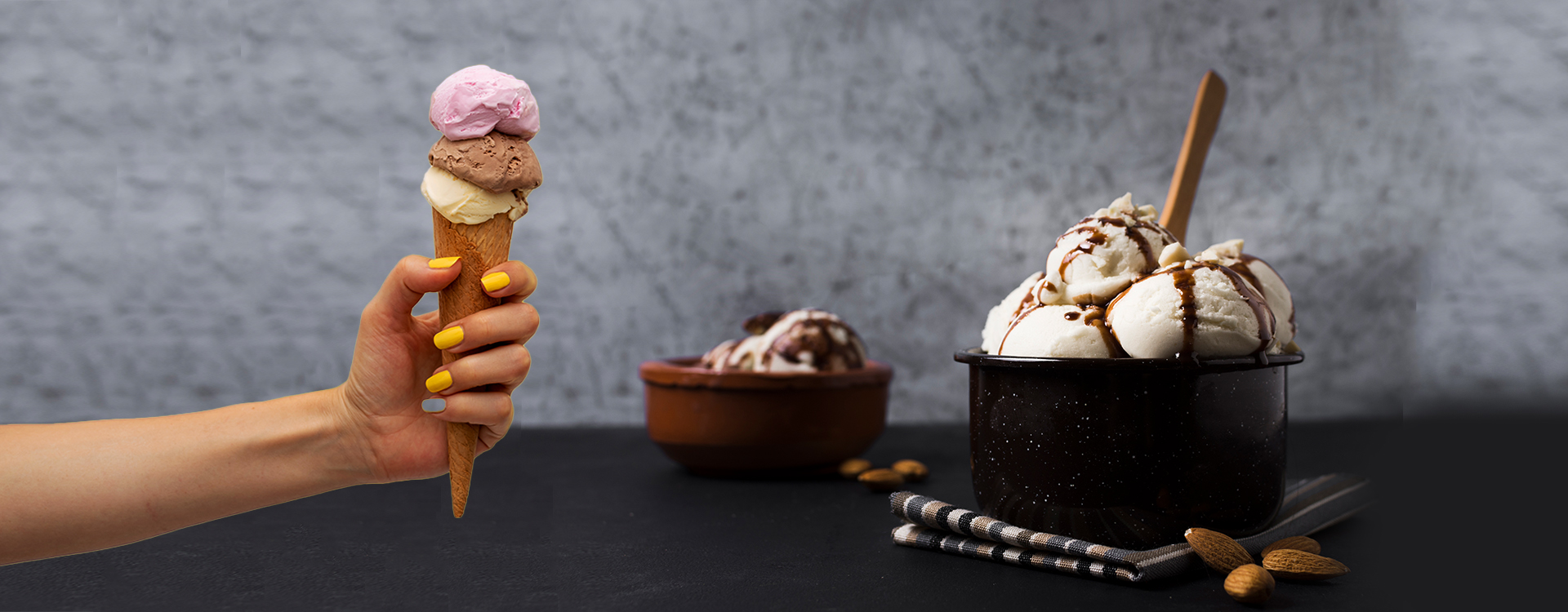Apart from Nycil’s prickly heat powder commercials on TV, the arrival of summers in India is marked by the airing of ice cream commercials. Ice cream- a single scoop or cone that offers 90-100 ml of heavenly bliss without which we consider our summers or any party to be incomplete was suddenly faced with an identity crisis. In 2017, the Amul ice cream commercial sparked off a controversy where a series of commercials conveyed that desserts containing vegetable fats cannot be termed as ‘real’ ice cream. This portrayal of frozen dessert led HUL to file a lawsuit in Bombay high court claiming that Amul’s commercial was maligning their frozen dessert brand ‘Kwality Walls’.
Through this ice cream commercial of Amul, the consumers might have experienced an epiphany that several food brands, under the garb of ice-cream advertisements, were selling frozen desserts. But why would brands do that?
Frozen Desserts Vs Ice Creams – The Identity Dilemma
According to FSSAI, Ice creams are categorised under ‘dairy-based desserts /confections’ that can be further classified as plain, medium fat and low fat depending on the percentage of total solids, milk fat and milk protein used. Whereas frozen dessert/frozen confection is obtained by freezing a pasteurized mix prepared with milk fat and edible vegetable oils.
Also, the Prevention of Food Adulteration Rules, 1955, states that ice cream is a product that contains not less than 10 per cent of milk fat.
‘‘
According to FSSAI, Ice creams are ‘dairy-based desserts /confections’ that can be further classified as plain, medium fat and low fat depending on the percentage of total solids, milk fat and milk protein used.
Why are brands selling frozen desserts like ice creams?
The consumption of frozen desserts is said to come with negative effects on health. Its main ingredient being vegetable fat has an enormous amount of trans-fat that is the main driver of raising cholesterol levels and increases the risk of developing diabetes.
To fathom the fat present in frozen dessert, it is the same amount of fat ingredient present in our kitchen cooking oil. The very present vegetable oil in frozen desserts gives the texture and taste resembling ice cream. Manufacturers are aware of the fact that since it does not contain any dairy constituents, let us sell it masquerading as ice cream. The portrayal of frozen dessert in commercials leaves no stone unturned to make it look full with milk ingredients by splashing the bowl with milk and sometimes equating it with having a glass of milk itself. The desserts and ice cream category’s target group predominantly being children are channelised through parents who will be persuaded to buy frozen dessert if the ad script has an ‘it contains milk’ narrative.
Some brands do mention ‘frozen dessert’ but in a font size only to look unnoticeable on the packaging.
FSSAIs decision
In 2011, the Food Safety and Standards Authority of India (FSSAI) mandated that brands need to inform the customer whether the product they are consuming is ice cream or frozen dessert. It also wants food brands to label every pack of ice cream or frozen dessert if it is containing starch to have a declaration on the label as specified in regulation 2.7.1(2).
In western countries, food brands must label the trans-fat presence. Baskin Robbins, a global leader in the premium category of ice creams, uses an emblem to communicate the use of cow milk fats in its products.
What is it for food businesses selling ice creams?
In the digital era, consumers are surrounded by an abundance of information that makes them informed. Therefore, brands should not shy away from declaring and labeling the percentage of milk, fat, vegetable oil present in frozen desserts.
Correct labelling ensures transparency in communication that assures consumers that their favourite dessert is safe to consume. Any deviation found between labelling and the product can have legal implications that can be detrimental to the brand’s reputation.




